"Joseph Levin (1894-1979):"parade Of The Bal Des Quat'z'arts" School Of Paris; The Roaring Twenties"
Joseph LEVIN (1894-1979): "Défilé du Bal des Quat'z'Arts" Oil on canvas signed lower left, 41 x 51 cm; School of Paris; The Roaring Twenties Joseph Levin crossed not the 20th century but the history of the 20th century. It began its existence between the heady and oligarchic Saint Petersburg and the exuberant and colorful New York anthill. His desire for utopia sent him to take part in the communist revolution in Russia where he participated, within the intellectual ferment, in the development of a new society based on concepts that broke with those of the time. After a career engaged in this fight, he finds himself, as was the case for many theoreticians, out of step with the political class and rallies the France of the 20s and 30s. There reigns the artistic effervescence which makes " the school of Paris” the world center of art. Levin has his place in this exceptional environment in which he rubs shoulders with thinkers of modernism, of all origins. We know that the Russian community as well as the Jewish community play a leading role in this. In 1935 with the rise of extremism, Levin set sail for America like many other artists. There he finds many Jews from Eastern Europe who have understood that the old continent is about to be devoured by its old demons and that the future now belongs to the new world. This fracture will precipitate him into a change: like the "school of New York", he becomes abstract. As we can see, Levin's career is modeled on the history of the 20th century, especially since, at the end of the 1960s, in the midst of the anti-communist "witch hunt" in the United States, he returned to settle in France… Its stylistic conclusion in the form of an ultimate utopia will be “Sur-consciencilisme”, a new “ism” somewhat loaded in terms of terminology, but which defines a personal approach to art based on the addition of experiences capitals of modern art. You have to reread Joseph Levin to hear the message addressed to us by the 20th century and its sumptuous artistic epic.
Bal des 4'Z'Arts:
From the 1900 edition, a precise theme and a program were fixed beforehand. The Bal des Quat'z'Arts was not organized by the Grande Masse des Beaux-Arts, but by a committee of students, the "comitards". An association of writers and artists from Montmartre and Montparnasse also participated in the organization. On the occasion of each Quat'z'Arts ball, a bronze was made. It was a medal worn around the neck by the organizers of the ball at the time of it. The entrance tickets, invitations and posters of the Quat'z'Arts ball benefited from all the talent of the Fine Arts students and constitute a veritable panorama of fashion in the graphic arts. Traditionally, the medics of the neighboring School of Medicine take part in the pagan high mass of the Quat'z'Arts and invite them in turn to the ball at the Internat. The affective, festive and friendly ties between the medical officers and students of the Beaux-Arts can be explained by the common presence of each other at the dissection sessions. Indeed, the students of Fine Arts, until 1968, studied human anatomy on the corpse and did so in the company of carabins.
http://joseph-levin.com/


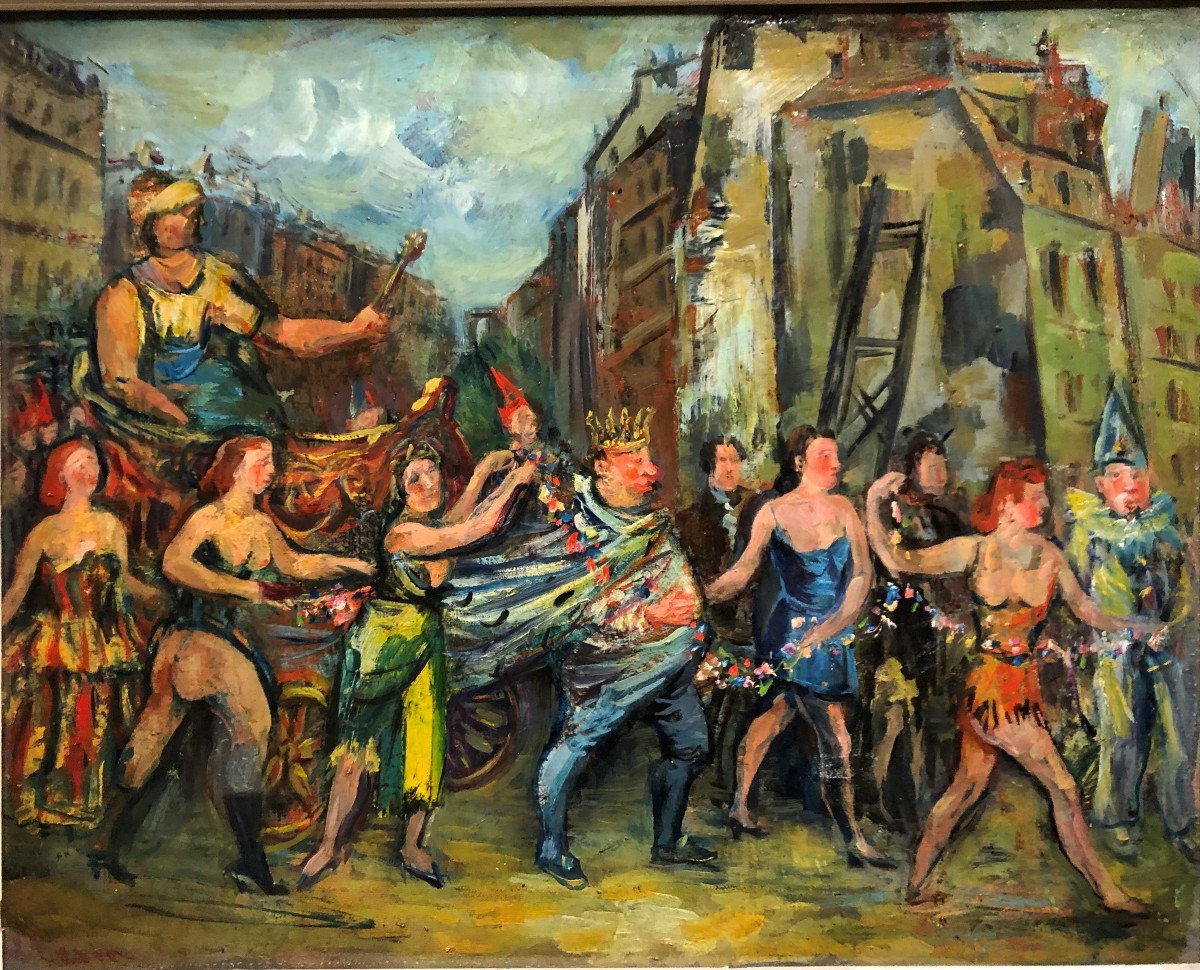
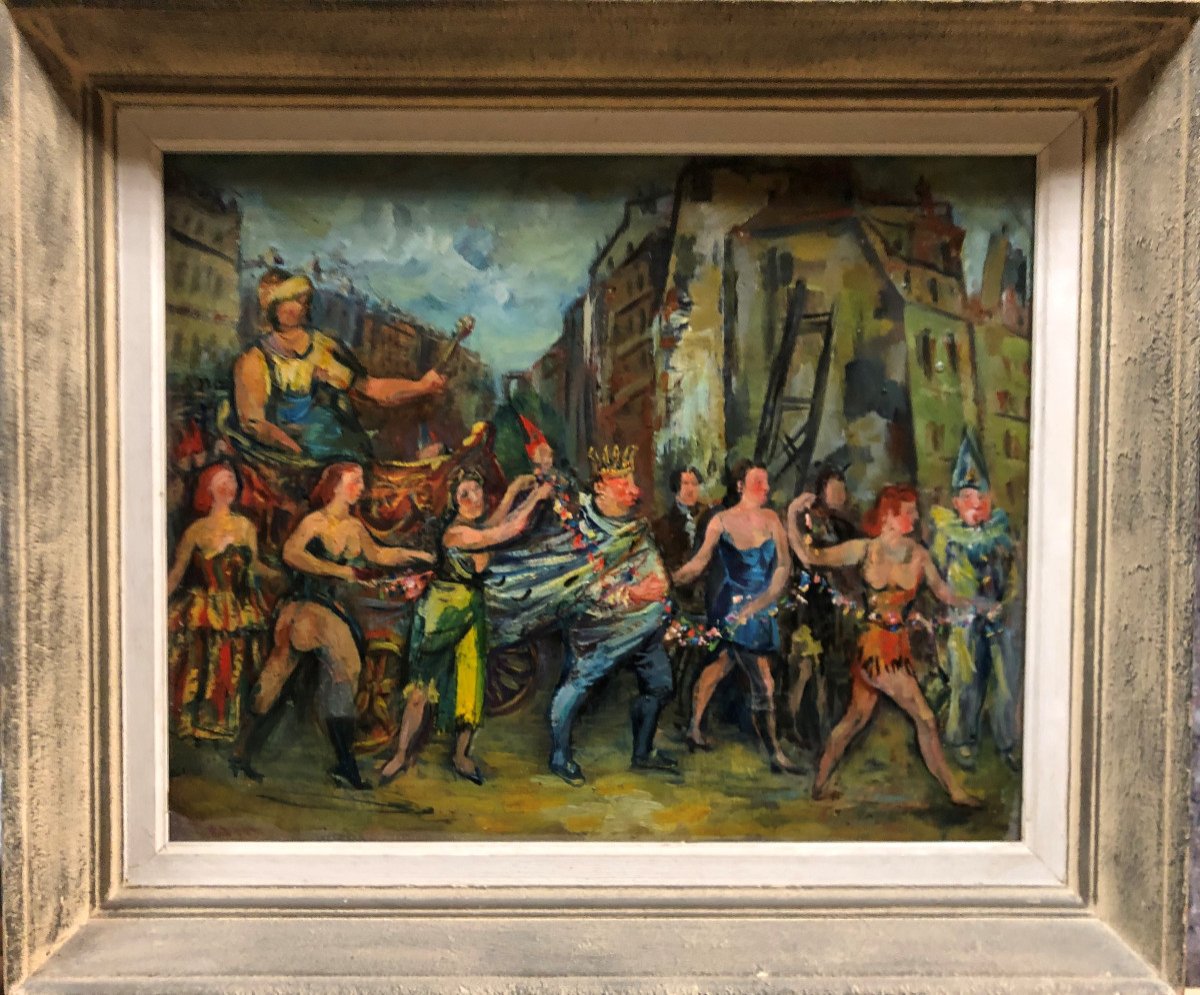

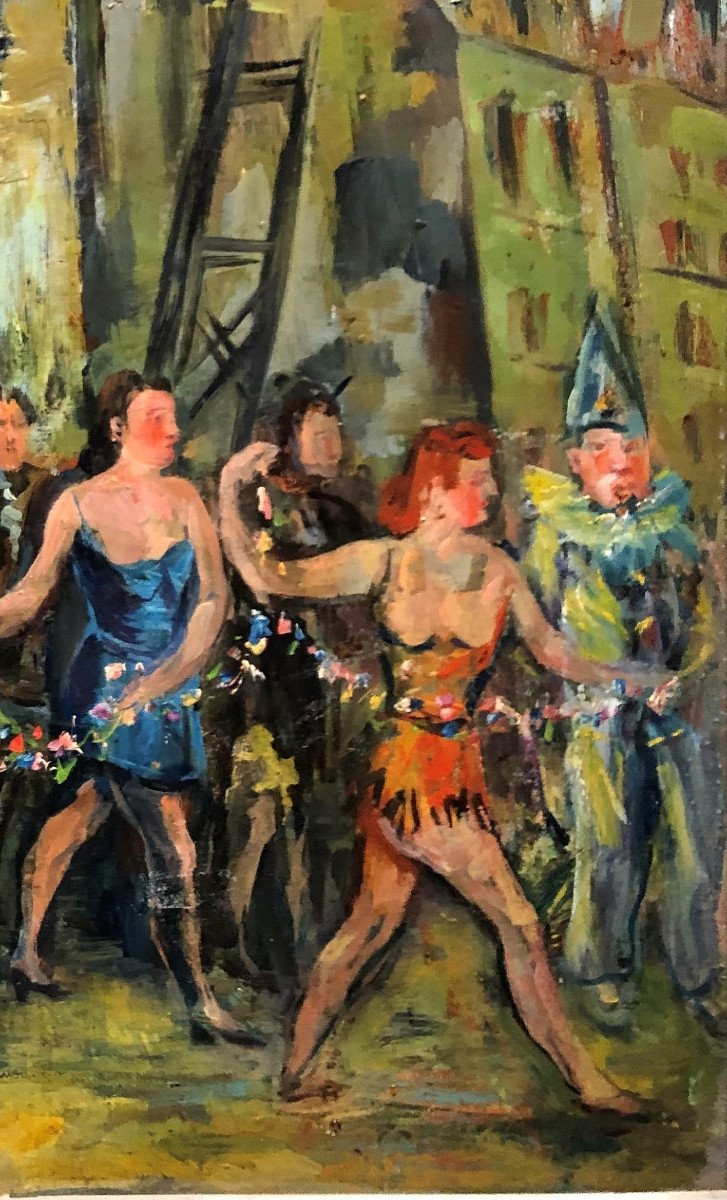











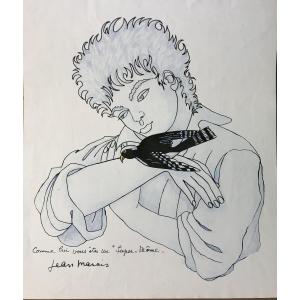









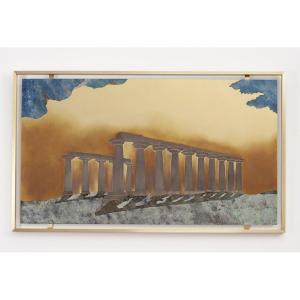






 Le Magazine de PROANTIC
Le Magazine de PROANTIC TRÉSORS Magazine
TRÉSORS Magazine Rivista Artiquariato
Rivista Artiquariato